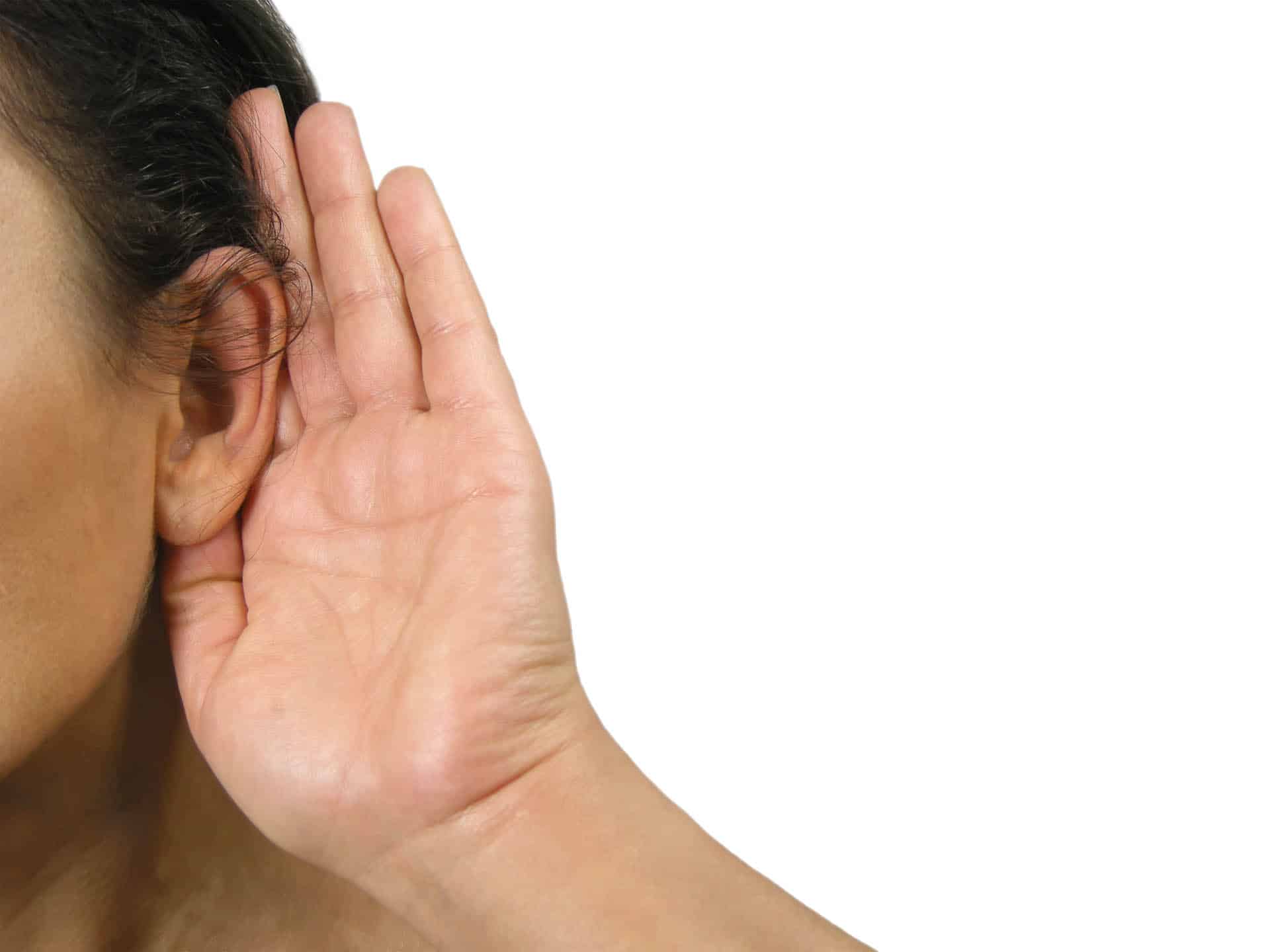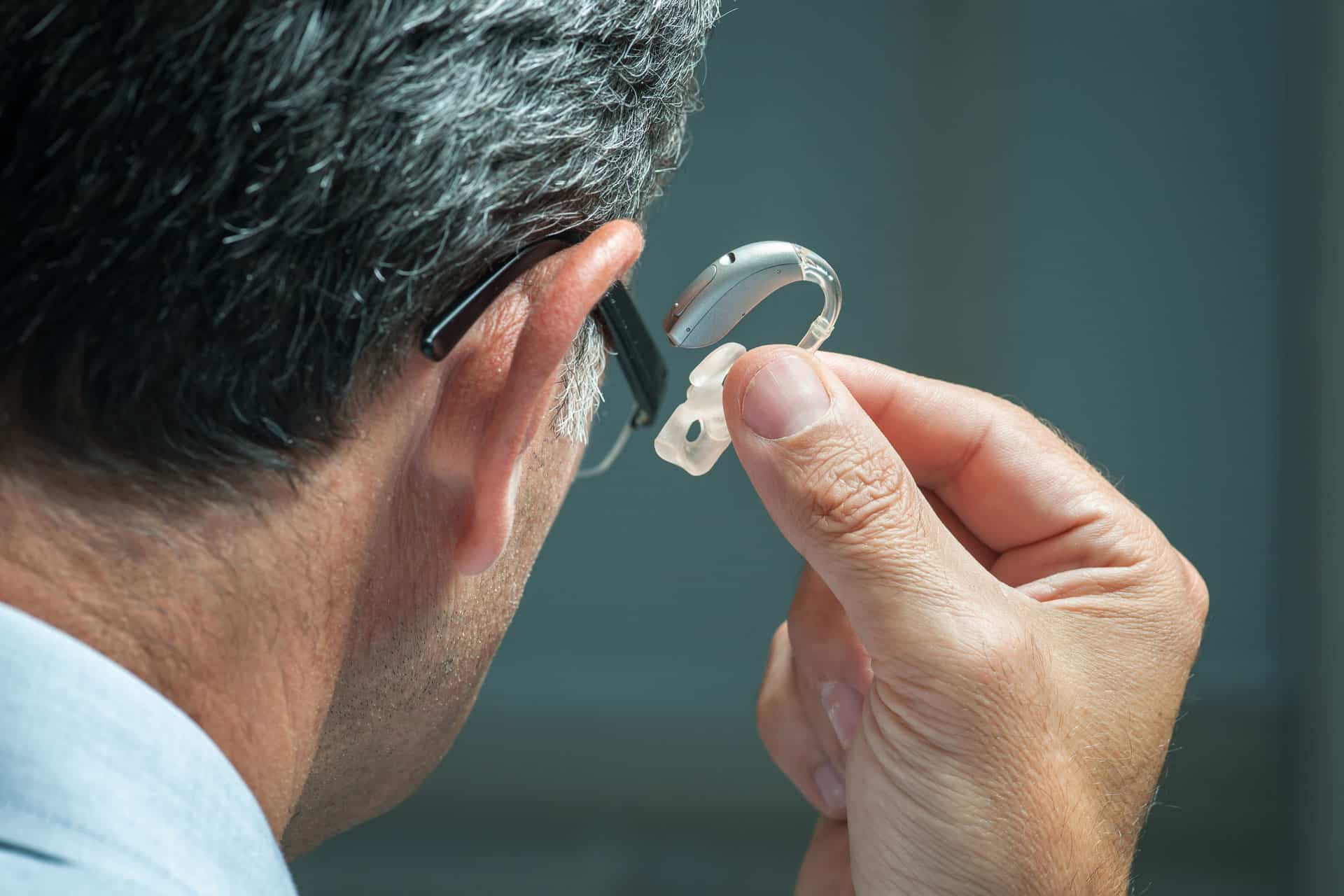Delivery in 2-3 working days
A journey into the human ear
The ear is one of the most amazing sensory organs of the human body. It allows us to perceive the world around us through sound and noise. From the outer pinna to sensitive rows of hair cells in the inner ear, a complex and perfectly tuned structure awaits us. But how exactly is the ear constructed? And how does the human auditory system work? You can find out more below.
The ear: more than just a shell
The pinna, the outer and visible part of our ear, is only a tiny part of the complex system that makes up our hearing organ. Its function is to pick up sound waves from the environment and direct them into the ear canal. The ear canal is a tube about 2.5 cm long that carries the sound waves it receives on to the eardrum. In fact, the ear canal is crucial to our ability to hear directions, modifying sound differently depending on the direction.

The function of the eardrum in the middle ear
The eardrum is a thin membrane that separates the outer ear from the middle ear and plays a crucial role in the transmission of sound waves. When sound waves strike the eardrum, it is set into vibration. These vibrations are then transmitted to the ossicles.
The middle ear contains the smallest bones in our body, the ossicles: Mallet, Anvil and Stirrup. These tiny bones play an important role in transmitting and amplifying vibrations from the eardrum to the inner ear.
Think of the eardrum as a kind of trampoline on which sound waves "bounce" to set the ossicles in motion. This process is central to our ability to hear and allows us to aurally experience the world around us.
The Eustachian tube
An important pressure balance
The Eustachian tube, also called the Eustachian tube, is another essential component of the middle ear. It connects the middle ear with the pharynx and has the important function of enabling pressure equalization between the middle ear and the external environment. Without this pressure equalization, which is especially important when changing altitude (as in an airplane), we would experience severe pain.
The inner ear
How sound waves become nerve impulses
After the vibrations of the ossicles reach the inner ear, the sound is converted into electrical signals. The inner ear comprises two main parts: the organ of balance and the cochlea or hearing cochlea. Both are of crucial importance for our hearing and body perception.

The cochlea:
The center of hearing
The cochlea is the actual organ of hearing and resembles a coiled snail in shape. It is filled with a fluid called endolymph and contains countless sensory cells called hair cells.
The hair cells in the cochlea respond to different frequencies, which allows us to distinguish between different sounds.
The movement of the fluid by the sound waves causes the hair cells to vibrate, which in turn triggers the conversion of mechanical signals into electrical signals.
Hair cells:
Small but essential for hearing
The hair cells are incredibly sensitive and can convert the vibrations into electrical signals through their movement. These signals are then sent to the brain via the auditory nerve, where they are perceived as sounds. This intricate process is at the heart of our ability to hear and allows us to experience speech, music and all other sounds that surround us.
The organ of equilibrium:
Maintaining balance thanks to utriculus and sacculus
In addition to the cochlea, the inner ear also contains the organ of balance, which consists of the semicircular canals, the utriculus and the sacculus. It plays a crucial role in our perception of movement and spatial orientation.
The utriculus and sacculus are responsible for measuring linear movements, i.e. movements in a straight line. The arcuates on the other side are responsible for perceiving rotational movements. By combining these different signals, our brain can obtain precise information about the position and movement of our body in space.
The anatomy of hearing:
Understand and protect
Human hearing is a complex and sensitive system. Therefore, it can be damaged quickly.
Noise, age, disease or injury can cause hearing loss. With knowledge of the anatomy of hearing, we can better protect it. After all, once hearing abilities are lost, they usually cannot be restored. Therefore, it is important to take the right measures to prevent hearing loss.
The protection of hearing:
A question of awareness
Just as we protect our skin from the harmful rays of the sun, we should also protect our hearing from potentially harmful influences. Here are some tips on how we can protect our hearing:
- Avoid loud sounds and noise whenever possible. Prolonged noise can permanently damage hearing.
- Use hearing protection when necessary, for example at loud concerts or when working with noisy machinery.
- Listen to music and other media at an appropriate volume. High volume levels can damage the hair cells in the inner ear.
- Have your hearing checked regularly to detect and treat any problems early.
Help with hearing loss
Hearing loss cannot always be prevented, especially if it is due to aging, injury or certain diseases. But there are various solutions and aids that can help with hearing problems in everyday life.
Hearing aids help compensate for hearing loss. They enable hearing impaired people to participate in social life again and improve their communication skills.
The OSKAR TV hearing amplifier from faller audio helps those affected to finally understand the TV again by amplifying the sound of the TV and filtering out background noise so that dialog can be heard clearly and distinctly.



